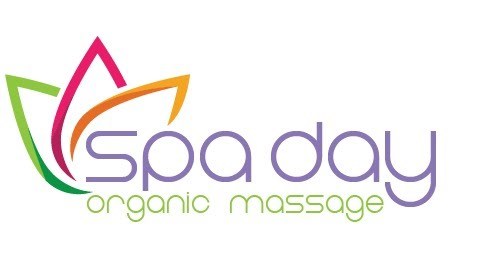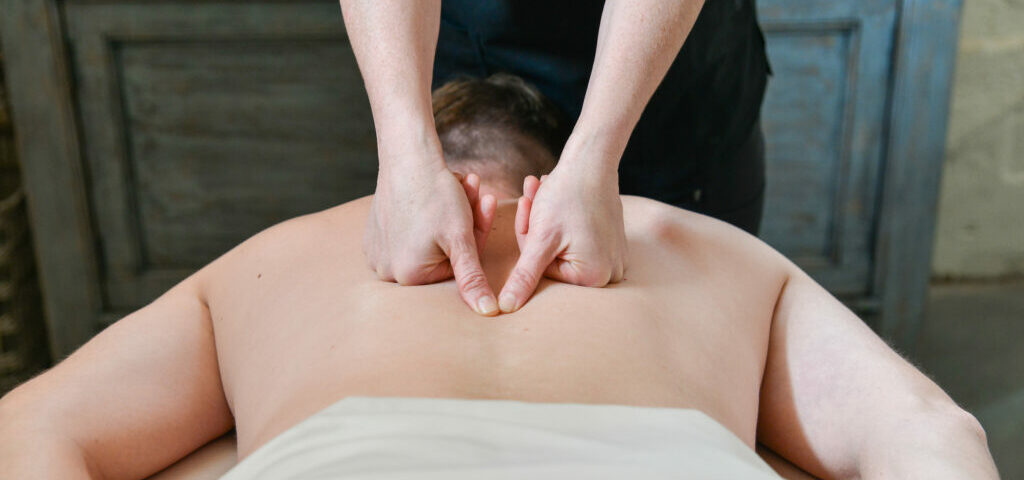
Deep Tissue Vs. Swedish Massage: Key Differences Unveiled
March 18, 2024
Deep Tissue Vs. Swedish Massage: Which Is Right for You?
March 18, 2024In the realm of therapeutic bodywork, two leading modalities often stand out: deep tissue and Swedish massages. Each technique has its unique attributes, applications, and benefits, yet, understanding their differences can be a nuanced endeavor. Deep tissue massage, as the name suggests, focuses on the deeper layers of muscle tissue, aiming to alleviate chronic muscle tension or knots. On the other hand, Swedish massage, often considered the most common type of massage, is more gentle, aiming to promote relaxation and increase blood circulation. This discussion seeks to elucidate these two dominant forms of massage therapy, comparing their methodologies, benefits, and ideal scenarios of application. This knowledge could be the key to unlocking a more personalized and effective approach to your body’s relaxation and healing needs.
Deep Tissue Massage Explained
Deep tissue massage, a powerful therapeutic technique, delves into the deeper layers of muscle and connective tissue to alleviate chronic pain and tension. This therapy is a go-to solution for those experiencing consistent muscle discomfort, usually in the neck, lower back, and shoulders. Utilizing slow strokes and firm pressure, this type of massage targets contracted areas, enhancing blood flow and reducing inflammation. Moreover, it helps break up scar tissue, enabling better movement and faster healing. It’s worth noting that while some discomfort may be experienced during a deep tissue massage due to the intense pressure, the long-term benefits outweigh the temporary discomfort. It is indeed a therapeutic community that fosters healing and relaxation.
Understanding Swedish Massage
While deep tissue massage targets chronic pain and tension, Swedish massage, on the other hand, is a more gentle and therapeutic technique designed to relax the entire body.
1. The main goal of Swedish massage is to increase the oxygen flow in the blood and release toxins from the muscles.
2. This technique involves a specific set of strokes, such as effleurage, petrissage, tapotement, and friction to aid in the relaxation process.
3. It’s typically performed using oil or lotion and can last from 60 to 90 minutes, providing a much-needed respite from the daily grind.
4. It’s ideal for those new to massage, individuals with a lot of tension, or those simply seeking to maintain overall wellness.
Embrace the soothing power of Swedish massage and find your moment of serenity.
Conclusion
In conclusion, both deep tissue and Swedish massage offer significant benefits, addressing different wellness and therapeutic needs. Deep tissue massage provides an effective solution for chronic pain and muscle tension, while Swedish massage promotes relaxation and stress reduction. The choice between the two hinges on individual requirements and preferences, enabling an enhanced sense of overall well-being. A thorough understanding of these massage techniques aids in making an informed decision suited to one’s unique health and wellness goals.
Read More:





